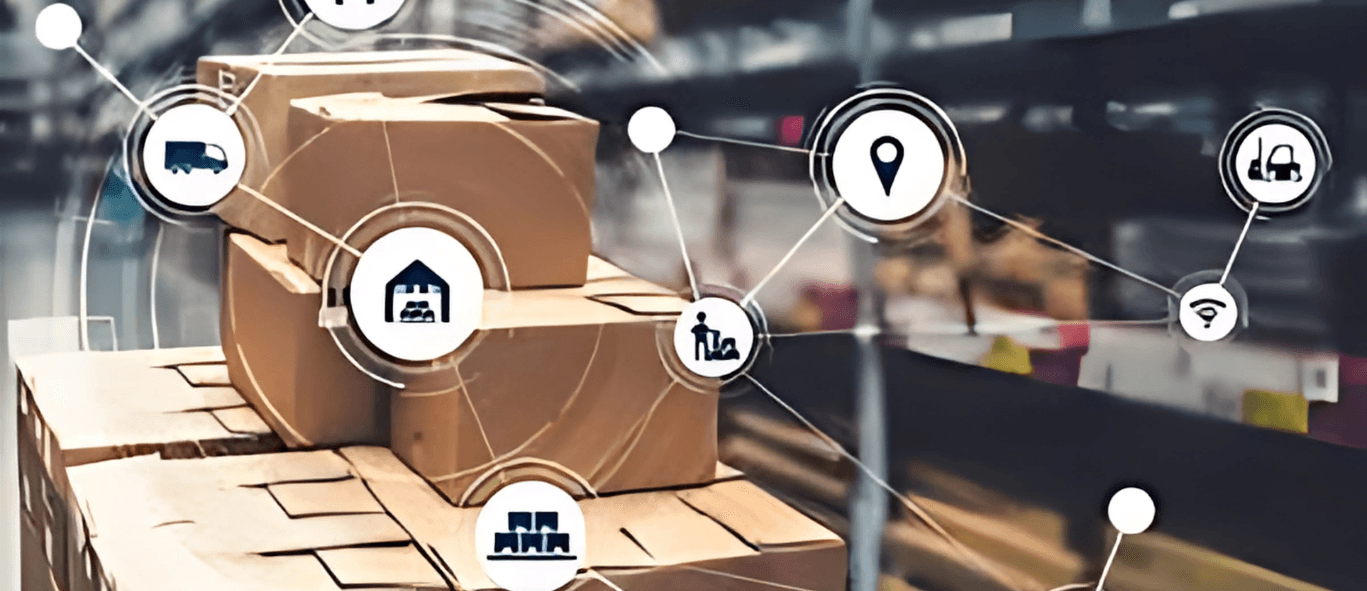Contact Us
If you're working on something real — let's talk.
Development & Integration
Blockchain Infrastructure & Tools
Ecosystem Growth & Support
© 2025 Lampros Tech. All Rights Reserved.
Published On Jul 29, 2025
Updated On Jul 29, 2025


Growth Lead
FAQs

Blockchain provides a tamper-proof, real-time record of events across global supply chains, improving traceability, compliance, and operational efficiency.

It enables end-to-end visibility, faster dispute resolution, automated compliance, and protection against counterfeiting and fraud.

Industries like agriculture, pharmaceuticals, luxury goods, manufacturing, and mining are leading adoption to meet ESG and traceability requirements.

Yes. Blockchain reduces delays, automates manual processes, and cuts audit and logistics costs by 30–70% in early implementations.

Yes. With zero-knowledge proofs and selective disclosure, companies can prove compliance without revealing confidential data.